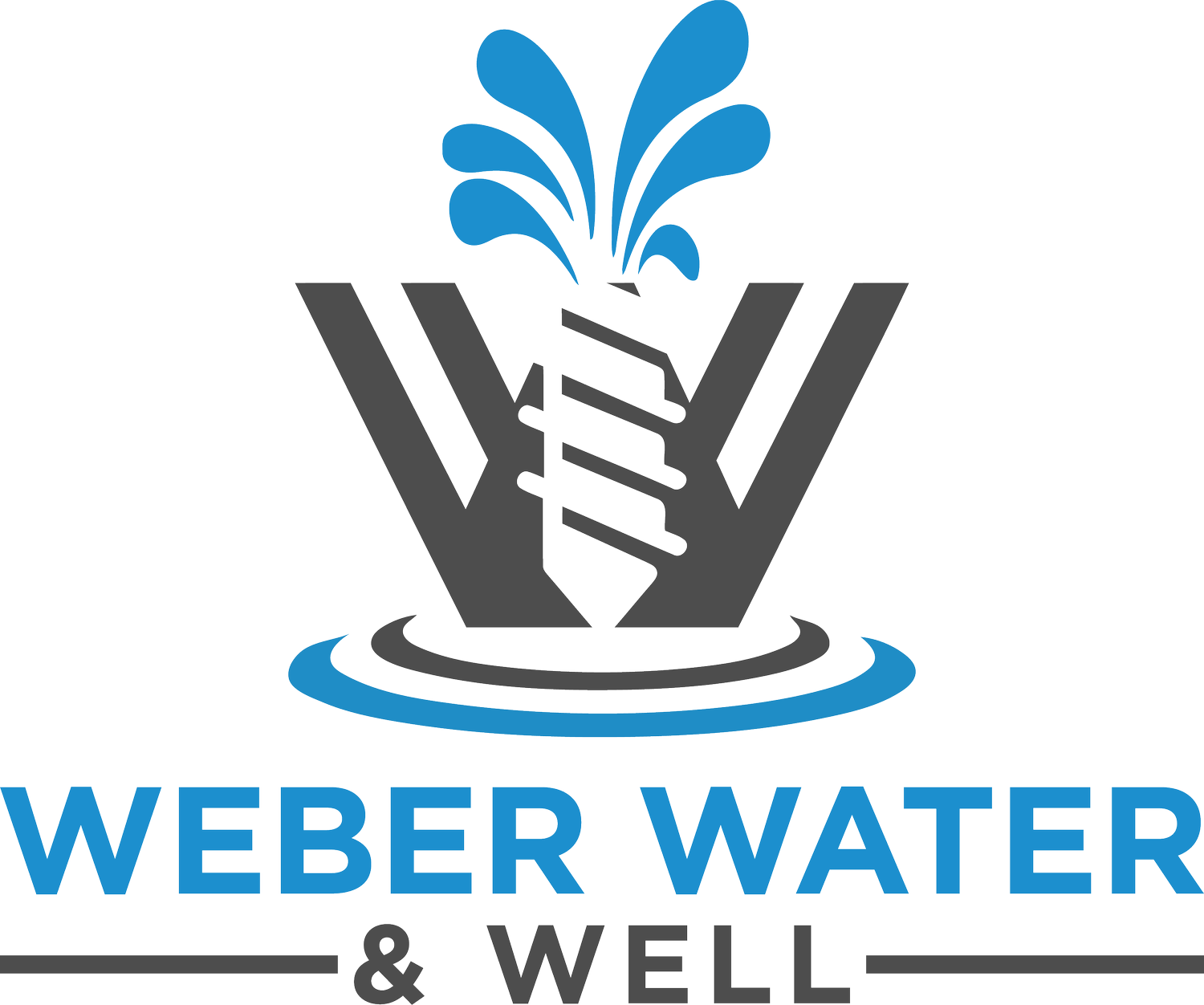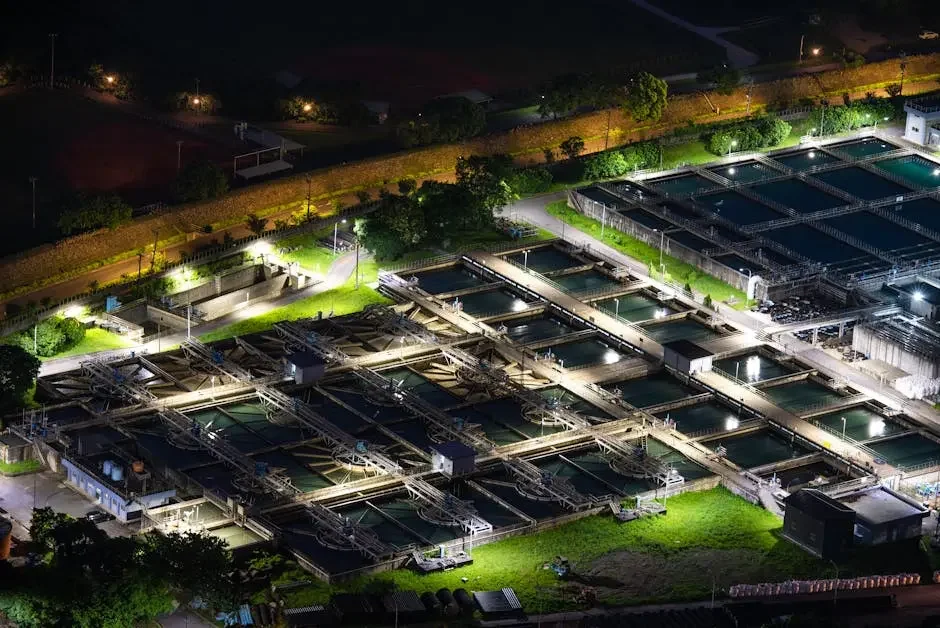7 Common Mistakes in Water System Design and How to Avoid Them
Navigating the world of water system design can be daunting. With so many factors to consider, it's easy to make mistakes that can lead to costly consequences. In this guide, we'll explore some of the most common pitfalls and offer tips on how to avoid them, ensuring your water system is efficient, reliable, and sustainable.
1. Neglecting Proper Planning Phases
Many designers rush into creating a water system without adequate planning. Skipping this crucial step can result in unforeseen consequences and inefficiencies. Proper planning sets the foundation for a successful project. By taking the time to outline goals, budget constraints, and possible challenges, you're more likely to set your project on the right path.
Moreover, initial planning shouldn’t just focus on the immediate results. Consider the long-term implications and sustainability of your design. Ask yourself: Will this system meet future demands? How will it adapt to potential environmental changes? A little foresight can save you from significant headaches later on.
2. Ignoring Local Regulations
Each area has specific regulations and standards for water system design. Failing to comply can lead to fines and project delays. It's essential to familiarize yourself with local guidelines to ensure your design meets all legal requirements. This might mean attending local meetings or consulting with experts who understand the codes in your area.
Compliance isn't just about avoiding penalties; it’s about ensuring safety. Adhering to local regulations ensures that your water system not only works correctly but is also safe for the community that will depend on it. Take the time to engage with local authorities and stay updated on any changes in the laws.
3. Overlooking Water Quality Testing
Water quality is paramount in system design. Not testing for contaminants or neglecting proper filtration can compromise the safety of your water supply. Regular testing helps maintain high quality and user trust. Imagine the implications of providing contaminated water to a community – the health risks are staggering!
Incorporating a robust testing protocol should be a non-negotiable part of your design. This means not only testing the source water but also implementing ongoing testing throughout the lifecycle of the system. By doing this, you demonstrate a commitment to the health and wellbeing of your users and help foster a culture of transparency.
4. Underestimating Pump and Pipe Sizing
Choosing the wrong size for pumps and pipes can lead to pressure issues and excess energy use. Adequately calculating these dimensions during the design phase ensures optimal performance and cost efficiency. For instance, undersized pipes can result in increased friction losses and reduced flow rates, causing dissatisfaction among users.
It's not just about fitting components together; it’s about ensuring everything works harmoniously. To avoid common sizing mistakes, utilize advanced modeling tools and consult with specialists if necessary. An accurate assessment during the design phase not only improves efficiency but also extends the lifespan of your system.
5. Failing to Plan for Maintenance
A common oversight is designing systems without considering future maintenance needs. Including accessible components and a straightforward maintenance plan can save time and money down the line. Think about it: if components are difficult to reach or replace, you’re setting yourself up for costly service calls in the future.
When designing the system, factor in regular maintenance schedules. Consider how often components will need inspection or replacement, and design accordingly. Additionally, training staff on routine maintenance can empower them to catch issues early, reducing downtime and ensuring that the system operates smoothly.
6. Overcomplicating System Designs
Simplicity is vital in water system design. Overly complicated systems may be harder to manage and more prone to failure. Aim for a design that meets needs without unnecessary complexity. The temptation to add features for every possible scenario often makes systems unwieldy.
Instead, focus on designing a system that addresses core requirements while allowing flexibility for future needs. By maintaining simplicity, you increase reliability and ease of use. Remember, the end goal is to provide a functional and user-friendly water system for the community.
7. Neglecting Community Input
Understanding the needs of the community is critical. Ignoring stakeholder input can result in a system that doesn't serve its users effectively. Engaging with the community ensures that the water system meets local demands. It's essential to involve community members in discussions early on, as they can provide valuable insight about specific needs.
Additionally, feedback loops during the design phase and even after implementation can guide adjustments and improvements. Making sure that the voices of the community are heard can lead to a more effective and well-received system. This kind of inclusive approach fosters goodwill and creates a sense of ownership among residents.


